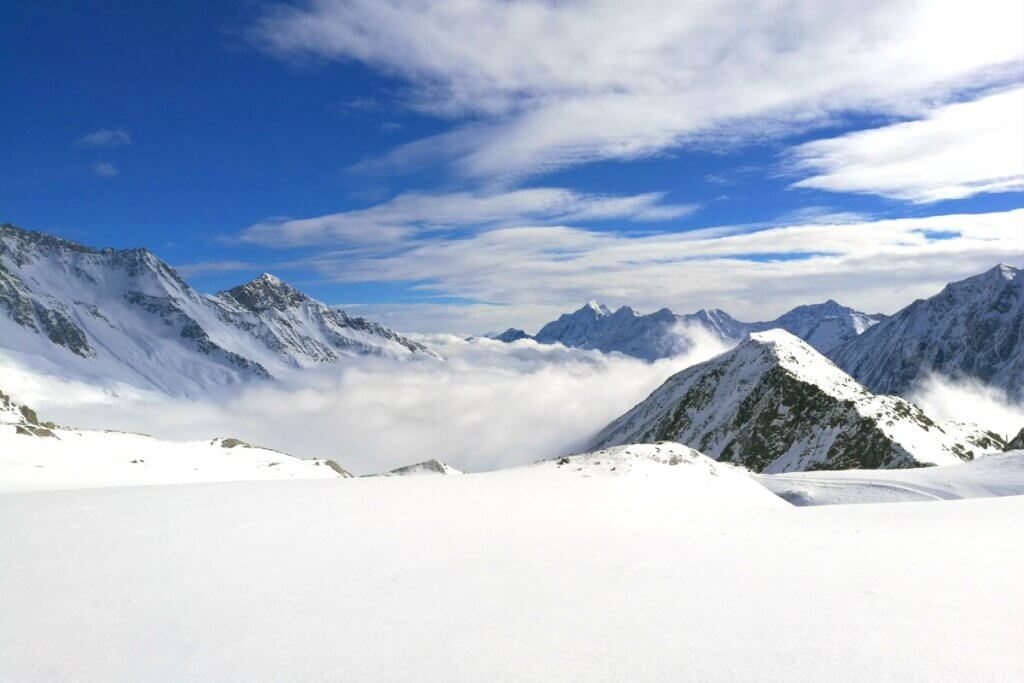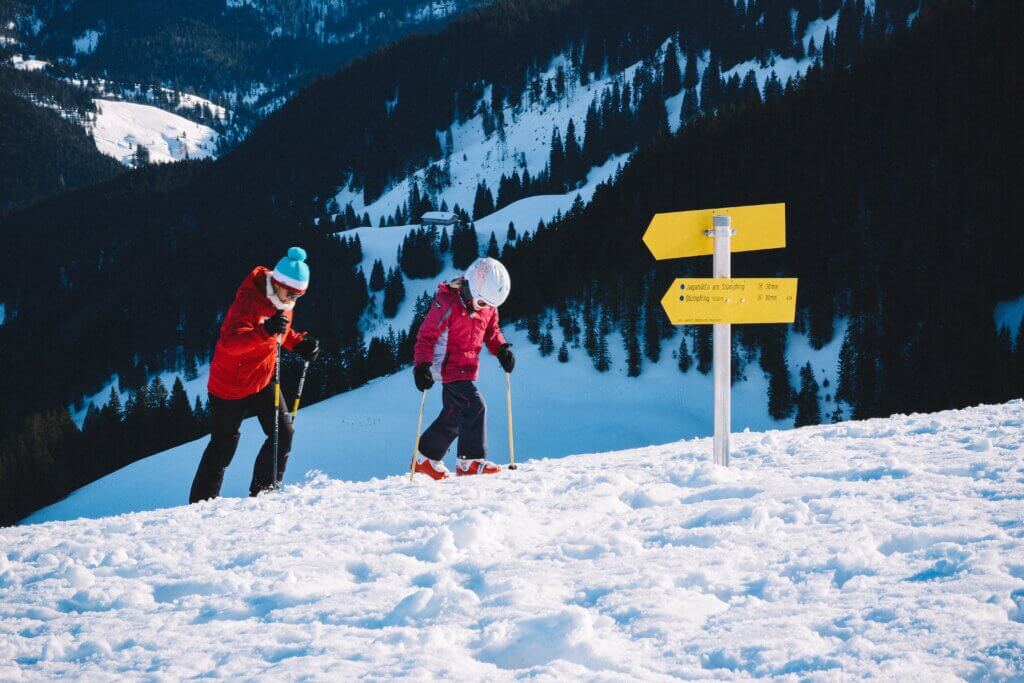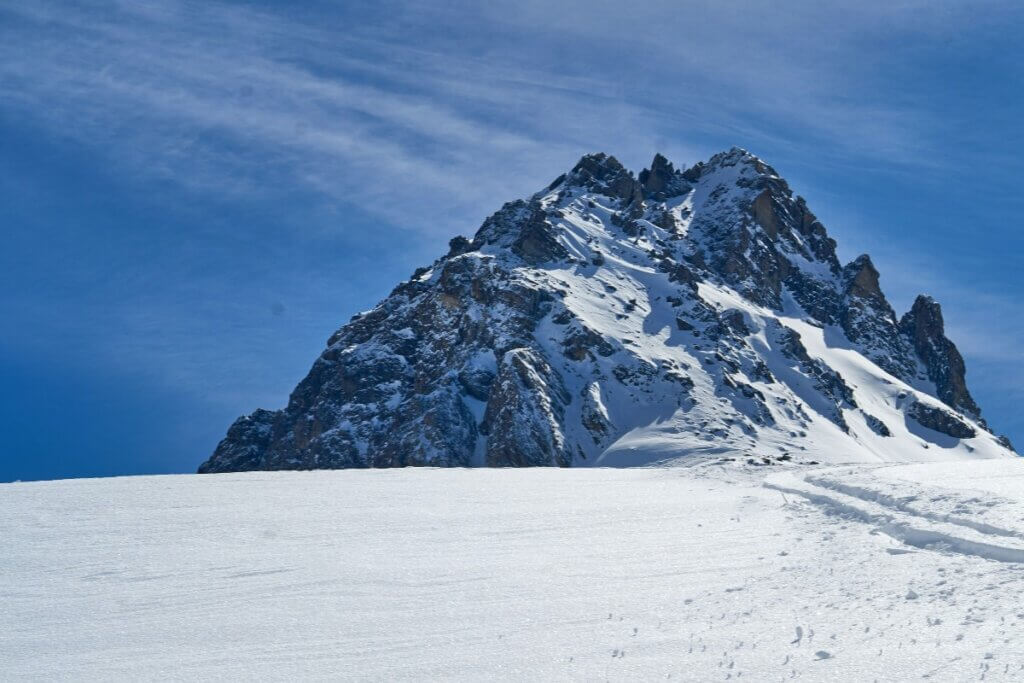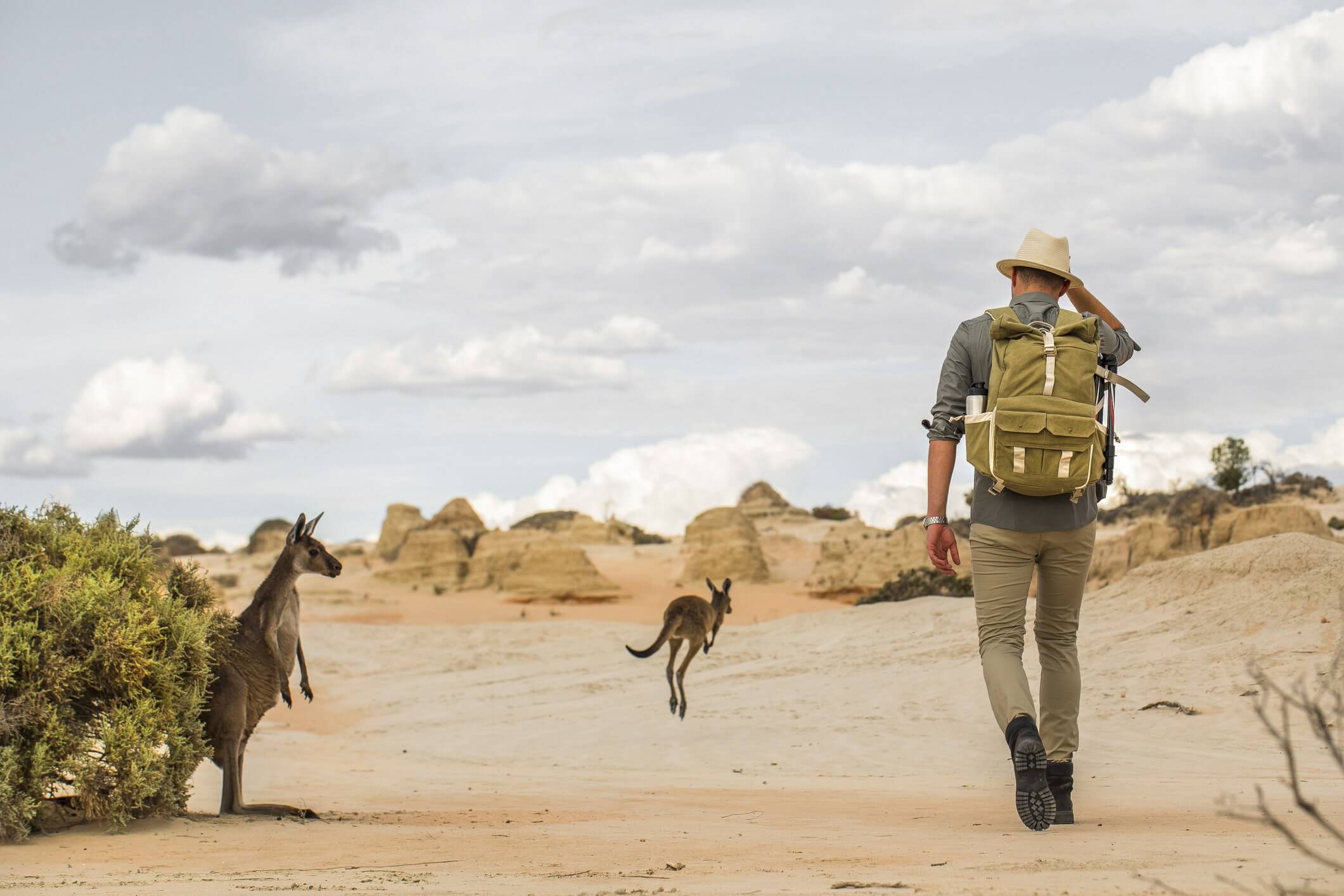If skiing is on your December agenda, we’ve got the on-the-ground-expertise to help plan your next ski holiday from start to finish. As the northern hemisphere gears up for the 2022/23 ski season, we’re rounding up Europe’s classic pistes and alternative slopes in a bid to help you find the perfect setting for your ski-cation. We’ll cover old Alpine favourites to alternative destinations, as well as scope out the most exhilarating runs and waist-high powder, everywhere from the Swiss Alps to the slopes of Slovakia.
With Westpac concierge, you’ll have a team of travel specialists on hand to help plan every aspect of your next ski trip. Did you know this service is free to a select group of Westpac cardholders? Westpac concierge gives you access to exclusive offers and benefits on flights, hotels, restaurants, and beyond.
Switzerland: The Swiss Alps
Dramatic mountain scenery, alluring traffic-free Alpine villages, incredible runs, top mountain restaurants, and an endless number of prestigious ski resorts make Switzerland hard to beat. Famous for its unparalleled winter glitz, St Moritz’s 350km of reliably snowy pistes offer world-class skiing, while few can rival Verbier’s challenging high-altitude terrain. Zermatt represents classic Switzerland at the foot of the iconic Matterhorn, Andermatt-Sedrun and Saas Fee’s well-groomed slopes of varying difficulty attract families, and the area of Flims Laax Falera is a hit with snowboarders and freestylers, thanks to four terrific terrain parks.
France: The French Alps
Soaring mountains, easy access, epic off-piste ski action and resorts suitable for all abilities explain the enduring appeal of the French Alps. In the northern parts, you’ll find some of France’s most famous ski resorts – Chamonix, Tignes, and Val d’Isère. Then there’s Méribel, Courchevel, and Val Thorens (Europe’s highest ski resort) in the legendary Les Trois Vallées.
With 180 lifts and 600km of skiing on 330 marked pistes, The Three Valleys make up the world’s largest connected ski area – avid skiers flock here for some of the best snow-sure, high-altitude terrain in the Alps.

Austria: The Central Eastern Alps
Dotted with chocolate-box villages and surrounded by snowy forests and quaint valleys, Austria’s ski resorts ooze traditional winter wonderland charm. The country is also renowned for having one of the most advanced ski lift systems in the world, as well as sensational snowmaking facilities – and a (usually) epic apres-ski scene. Arlberg’s St Anton and Lech Zürs are made for serious skiers and off-piste fans, while Kitzbühel is perfect for intermediates, and Mayrhofen’s phenomenal snow park attracts snowboarders and pro-freestylers.
The incredibly well-connected Skicircus Saalbach Hinterglemm Leogang Fieberbrunn offers a wealth of runs, making it a great destination for families and mixed-ability groups.
Italy: The Tyrolean Dolomites, Valle d’Aosta, and the Savoy Alps
Often overlooked in favour of France, Switzerland and Austria, Italy’s three main ski regions – the South Tyrolean Dolomites, Valle d’Aosta, and the Savoy Alps west of Turin – impress with their breathtaking Alpine scenery, fine ski runs and, of course, outstanding mountain food. For glitz and glamour in the Valle d’Aosta, look up Courmayeur (a picturesque town in the shadow of Mont Blanc), for dizzying vertical drops, Bormio, and for the most beautiful mountain village, book at Cortina d’Ampezzo. Other well-known resorts include Sestriere, Madonna di Campiglio, and Val Gardena.
Germany: The Bavarian Alps
Germany may not be front of mind when planning your ski holiday, but Bavaria’s resorts, while compact, are worth a look. The best known is Garmisch-Partenkirchen near the Austrian border, which forms part of the annual Ski World Cup circuit and is home to Germany’s only glacier ski area, the Zugspitze. Other top resorts include Oberstdorf, Berchtesgaden, Feldberg, and Steinplatte/Winklmoosalm – Waidring/Reit im Winkl, which crosses over into Austria. While these ski regions mainly attract beginners and weekend skiers, more seasoned pros can go in search of thrills and powder along the Zugspitze. You’ll also find excellent cross-country skiing across Bavaria.

Best skiing in Slovakia: the Tatra Mountains
Slovakia’s ski scene centres on the Tatra Mountains, which is the highest mountain range in Eastern Europe’s Carpathians. What that means for skiers is a well-groomed network of slopes at around 2,000m, with infrastructure from chair lifts to snow parks. While the area remains best known among Russian tourists, the Tatra’s facilities and appeal as a holiday destination have improved immeasurably in recent decades. From regional capital Poprad, home to an international airport with flights from the UK, the narrow-gauge Tatra Electric Railway climbs to the ski resorts of Starý Smokovec, Štrbské Pleso, and Tatranská Lomnica.
The country’s largest resort is Jasná Nízke Tatry, which has around 50km of marked trails and 30 chair lifts. The Tatras, with its rustic restaurants, vestiges of Communism and wolf-roamed forests, have a wild, adventurous edge not found in Western European ski destinations.
Best skiing in Slovenia: the Julian Alps
Sharing a border with both Italy and Austria, Slovenia offers a less extravagant alternative to Europe’s big four ski nations. However, with several major resorts within close proximity in the Julian Alps, there’s more to Slovenian skiing than you might expect. The best-known resort is Kranjska Gora, which is an annual World Cup slalom host. Vogel captivates with its unspoilt Triglav National Park setting, while Krvavec in north-central Slovenia is a favourite with locals.
All three areas offer a fairly limited terrain and are best suited for beginners and intermediate skiers. Interestingly, the Julian Alps are also gaining a reputation as a burgeoning ski-tour destination.




